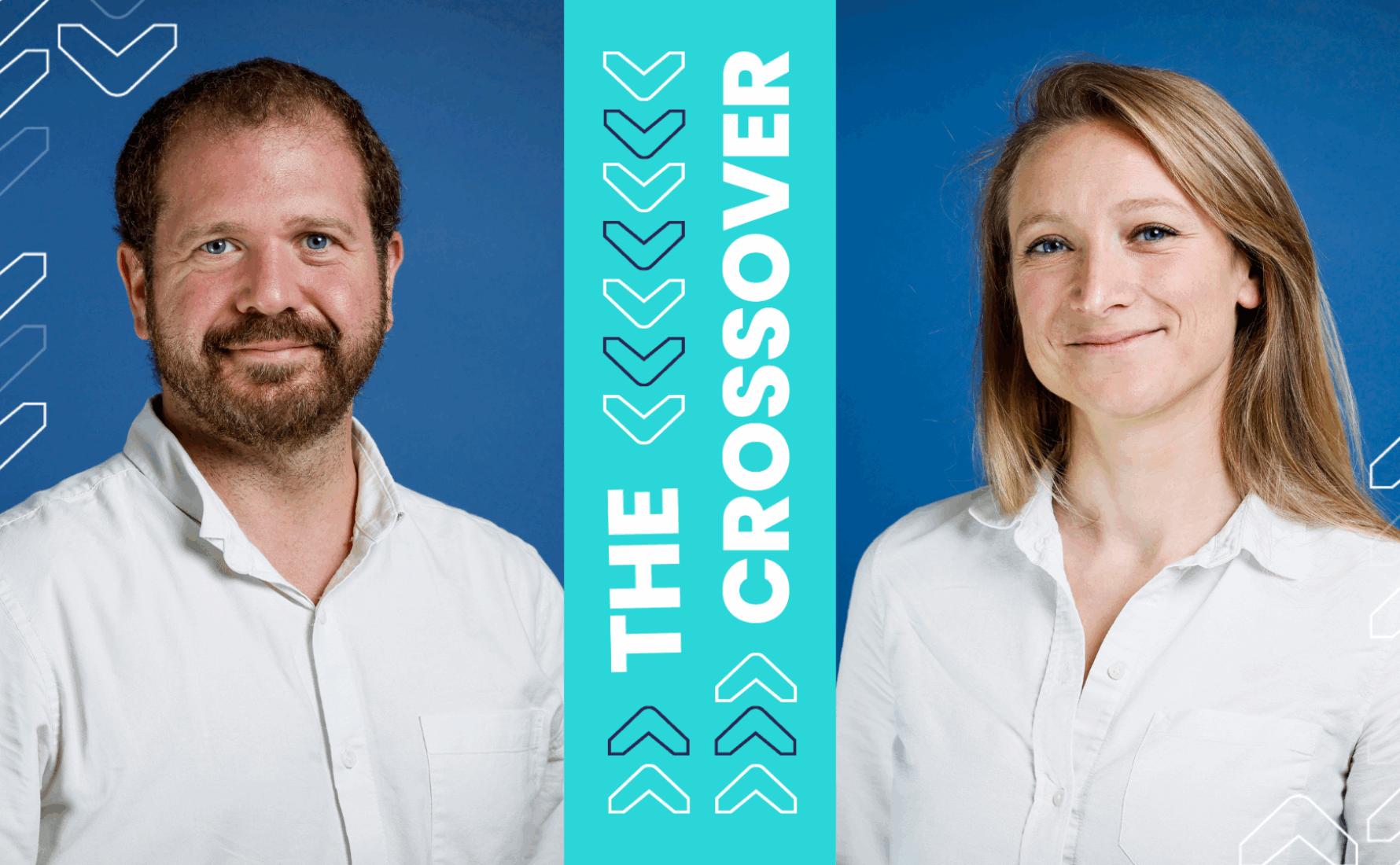What are the prerequisites for implementing a CDP?

Customer Data Platforms (CDPs) are gradually becoming essential within “data-driven” companies. But what are the key points to consider before any deployment? David Guede, Senior Manager Data and Practice Leader, and Julie Laforge, Senior Manager Media and CRM at Converteo, share their experience on this matter.
How to explain the growing interest of companies in CDPs?
Julie Laforge: The rise of these solutions can be attributed to the increasing desire of companies to effectively leverage their customer data in order to enhance both their relationship marketing strategy and commercial performance. CDPs are off-the-shelf tools that effectively meet these needs. They manage the reconciliation of online and offline data and can connect to all possible data sources. They also provide business units with the ability to easily exploit and visualize customer data, unlike other tools that have more “technical” uses, such as a data lake or a RCU. CDPs also offer more possibilities than CRMs, which quickly become limited for real-time operations or omnichannel campaigns.
David Guede: To complement this, the main benefit of a CDP is to restore autonomy to business units, providing them with a 360-degree view of the customer. In a context where the use of third-party data is declining and the use of first-party data is increasing, this rise of CDPs is easily explained. It is not a tool that can replace a DMP (which allows for the use of third-party cookies), but it is a lever that can take over. Discover the differences between CDPs and DMPs.
What are the key points to consider before initiating a CDP project?
Julie Laforge: This may seem obvious, but it is essential to first identify use cases that require a CDP, such as issues related to reconciling online and offline data or business needs for orchestrating multichannel journeys, personalization, and activation. This notion of use cases is central to initiating a CDP project.
It is also important to consider the maturity of the teams, data governance, and the company’s IT ecosystem to understand how customer data is organized. For example, if the data is scattered across multiple systems, the need for a CDP becomes even more justified. Among all the points to consider in advance, cost is also a factor, which will depend on the needs and the option chosen (internalization or reliance on a vendor).
David Guede: Indeed, there are several technical and non-technical prerequisites to meet. For example, if the company has never run email campaigns or deployed a CRM, it must start there; otherwise, a CDP will be of no use. Similarly, if the company does not have a precise measurement of its overall conversion, then hyper-personalization is pointless. Furthermore, since the CDP is not limited to a single department, the marketing department must be mature enough to collaborate effectively and thus optimize the digital strategy.
All these points are crucial for the ROI of a CDP project: if these conditions are not met, there is a risk of incurring costs that are too high relative to the expected gains.
To maximize the chances of success for the project, who are the key stakeholders to involve?
David Guede: Often, there are operational teams on one side wanting a simple and efficient interface, and on the other side, IT imposing its constraints. The earlier the different teams communicate, the better. However, it is always challenging to meet the expectations of both sides. For example, in most cases, the easiest solution to maintain over time is not the one preferred by the business teams. Additionally, it is essential to address governance issues early on—understanding which data takes precedence during reconciliation, how to handle sensitive data, and how to manage multi-country profiles, etc.
Julie Laforge: Regarding governance, it’s crucial to understand that there is no one-size-fits-all organization: it is necessary to study how each company is structured and how its data is organized. What matters is identifying the right stakeholders: those who will implement and maintain the solution, those who will use it daily, and those who will frame and supervise data usage. In this ecosystem of stakeholders, we find IT (for deployment, implementation, and maintenance of connectors, tag management…), the business teams (marketing, media, web/app, sales…), and the DPO (to oversee compliance with GDPR regulations).
To conclude, what are the trends to consider regarding CDPs?
David Guede: The major trend today is the convergence between CDPs and marketing automation. This is a natural progression, as marketing automation tools enable the activation of CDP data. However, currently, these tools are limited by the use of a single identifier, the email. Therefore, some vendors are moving towards integrating a marketing automation component within CDPs to leverage the data more effectively.
Julie Laforge: Another trend is the hybrid/”warehouse first” approach, which offers more flexibility than total data centralization within a CDP. In recent years, many companies have made efforts to centralize, reconcile, and clean their customer data in data warehouses. The idea now is to build on this work, with a CDP connecting to these data warehouses. This allows for time savings and the rapid deployment of use cases. The company can capitalize on existing data while optimizing data storage and maintaining control over it.

